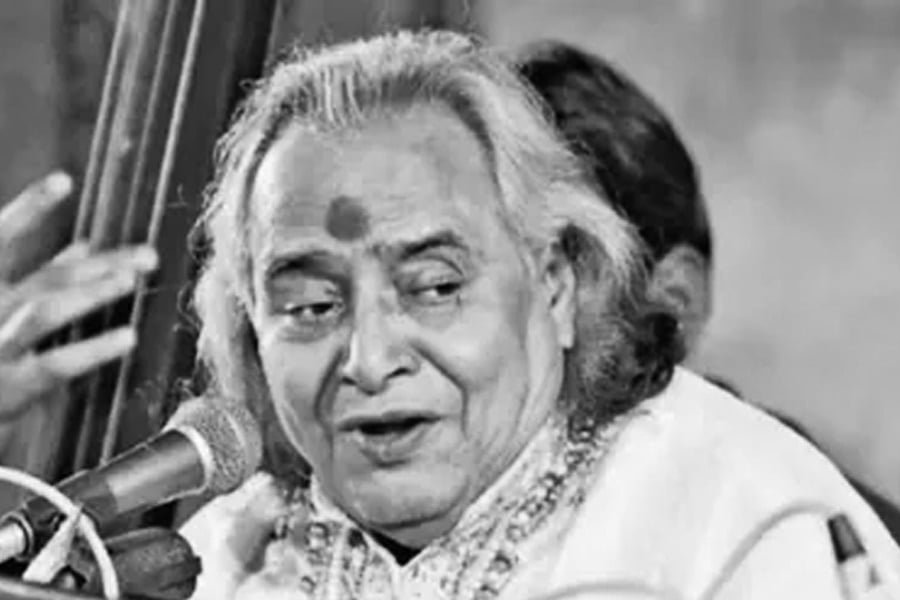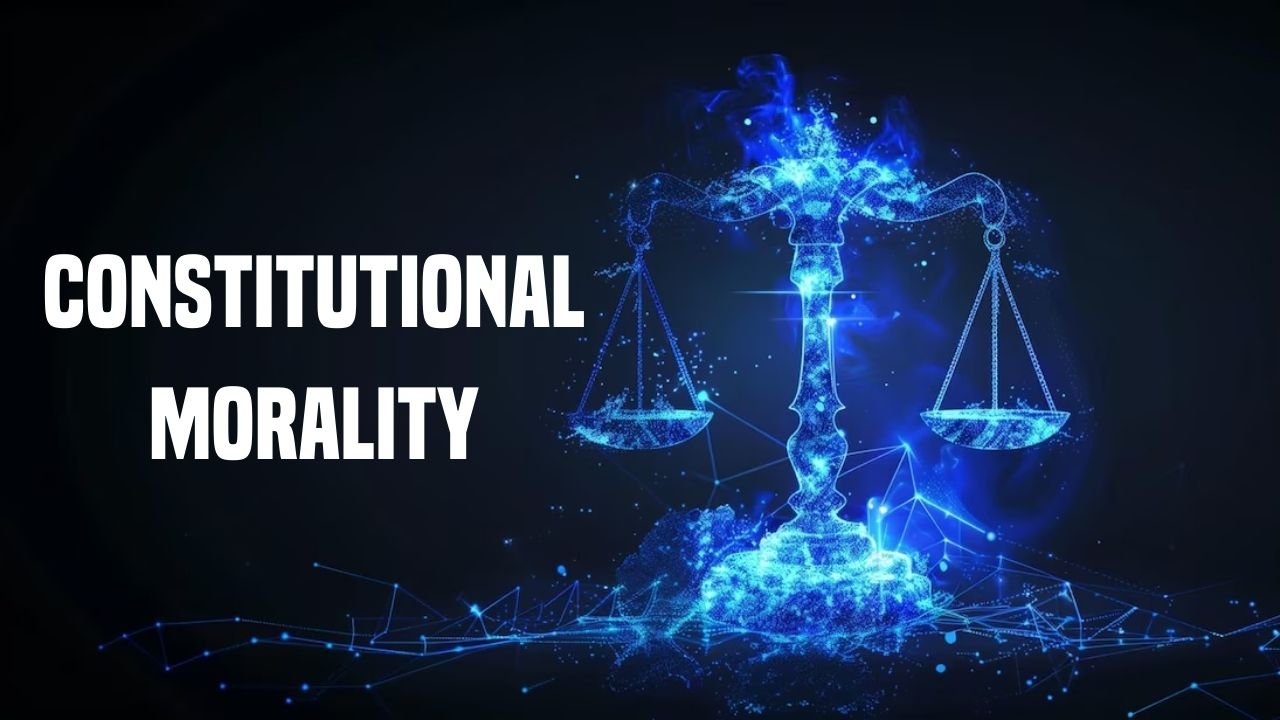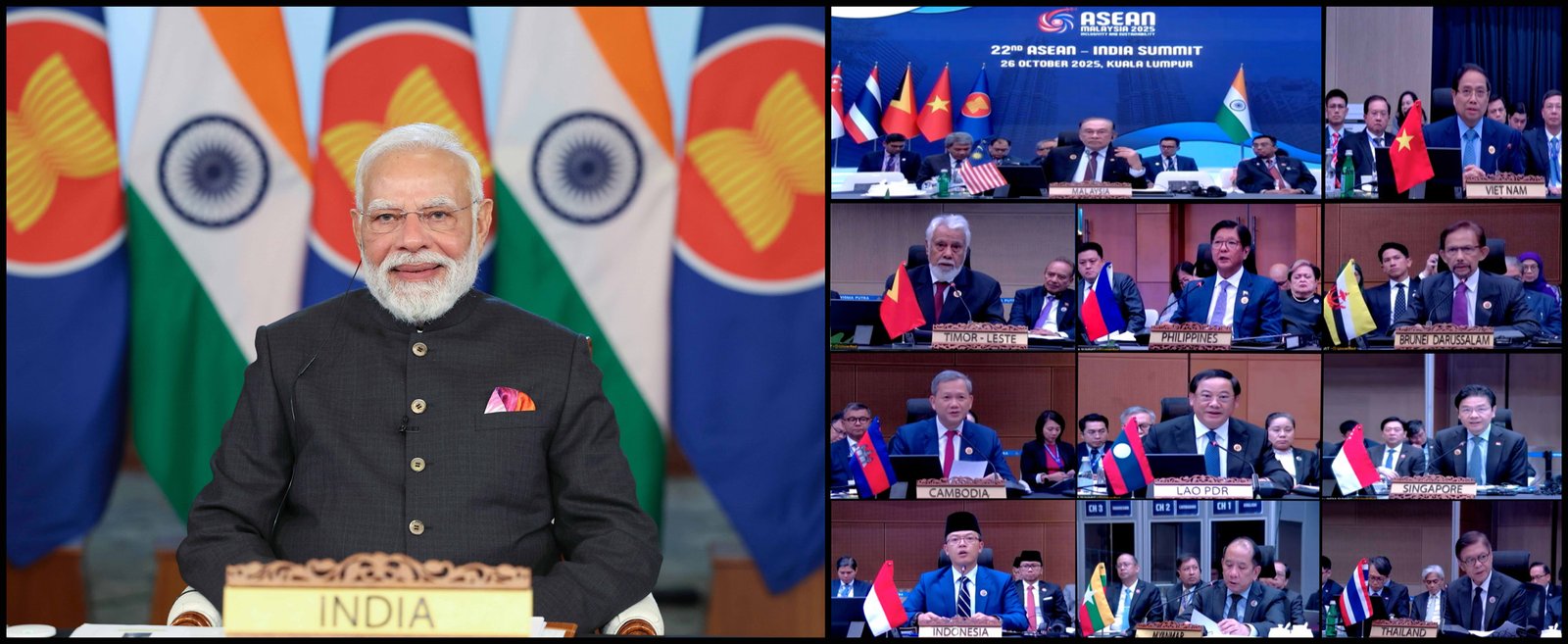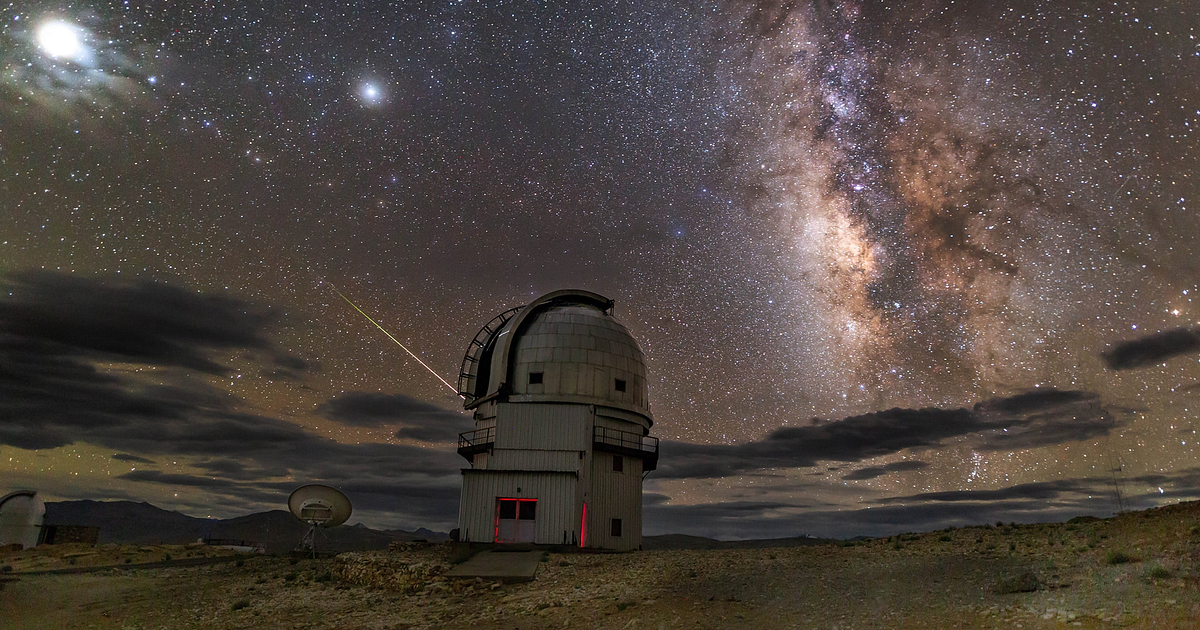Why in the News?
- Pandit Chhannulal Mishra, Padma Vibhushan awardee and one of the greatest Hindustani classical vocalists, passed away on 02 October, 2025.
- His death marks the end of a seven-decade-long career that blended classical and semi-classical traditions, deeply rooted in Banaras’s cultural ethos.
Key Highlights
- Early Life and Struggles
- Born in humble circumstances, he faced hardships in his youth before success reached him.
- His rise was delayed but meteoric, shaped by patrons like Mahant Maharaj ji (Sankat Mochan Mandir) and Prof. Veer Bhadra Mishra (IIT-BHU).
- Training and Gharana Influence
- A disciple of Ustad Abdul Ghani Khan of the Kirana Gharana, known for its lyrical and melodious style.
- He contributed to enriching the Banaras Gharana.
- Musical Range and Contributions
- Mastery across genres: alap, khayal, thumri, bhajan, tappa, dhrupad ang, tarana.
- Specialized in singing from Ramcharitmanas of Goswami Tulsidas, connecting music with spirituality.
- Composed music for Odissi dance performances (1979–2019), including the renowned “Kewat Prasang.”
- Recognition and Mass Appeal
- Garnered a pan-India following through his ability to render both classical and semi-classical forms.
- Admirers included cultural icons like Amitabh Bachchan.
- His singing evoked sahrdayatvam (shared emotional resonance) among audiences across classes.
Hindustani Classical Music
- Origin & Evolution: Hindustani music evolved in North India from around the 13th century onwards, influenced by ancient Vedic chants, temple music traditions, and later by Persian & Central Asian musical elements during the Delhi Sultanate and Mughal period.
- Nature: It is primarily improvisational and based on ragas (melodic framework) and talas (rhythmic cycles).
- Instrumental music plays a vital role (sitar, sarod, tabla, shehnai, sarangi).
- Distinctiveness from Carnatic Music: Hindustani music focuses more on improvisation and slow elaboration (alap), while Carnatic is more composition-based.
- Gharanas in Hindustani Music: A gharana is a school or style of music, developed around a guru-shishya (teacher-disciple) tradition. Each gharana has unique techniques, compositions, and performance aesthetics.
- Major Styles in Hindustani Musical Compositions
- Dhrupad
- Oldest and purest form of Hindustani music (origin in temples, devotional).
- Characterised by serious, austere, spiritual mood.
- Dhrupad
- Uses long, slow alap (elaboration of raga) and strict tala.
- Famous Dagar brothers, Tansen (Mughal court) linked with this tradition.
- Khayal
- Most popular classical style today.
- Known for improvisation, ornamentation, and emotional expression.
- Flexible compared to Dhrupad.
- Developed during the Mughal period (credited to Sufi singer Amir Khusro and later popularised by Niyamat Khan “Sadarang”).
- Thumri
- Semi-classical style, lighter than khayal.
- Themes often based on love (sringara rasa), especially Radha–Krishna devotion.
- Highly expressive and lyrical.
- Banaras and Lucknow are its main centres.
- Tappa
- Originated from folk songs of camel riders of Punjab.
- Very fast, full of quick, intricate taans (fast notes).
- Short, romantic themes.
- Tarana
- Uses meaningless syllables (like na, tom, tana, derena) instead of words.
- Focus is on rhythm and speed, showcasing taal and vocal agility.
- Introduced by Amir Khusro.
- Dadra
- A light classical style, similar to thumri but shorter.
- Based on romantic and devotional themes.
- Usually composed in Dadra tala (6 beats).
- Bhajan
- Devotional song, sung in classical or semi-classical form.
- Focus on bhakti (devotion) rather than complex raga elaboration.
- Ghazal (though more linked to Persian/Urdu poetic tradition, it blends with Hindustani music)
- Based on Urdu poetry, emotional and romantic themes.
- Sung in semi-classical style with raga base.
Challenges and Way Forward
| Challenges | Way Forward |
| Decline of interest in classical music among youth | Strengthen music education in schools and promote classical forms via digital platforms |
| Over-commercialisation of music | Balance tradition with innovation, encouraging semi-classical and devotional genres |
| Lack of institutional support for artists | Provide financial security, scholarships, and performance platforms for musicians |
| Preservation of gharanas (schools of music) | Establish archives, documentation centres, and digital libraries of performances |
| Limited international exposure | Expand cultural diplomacy programs to showcase Indian maestros globally |
Conclusion
Pandit Chhannulal Mishra was more than a musician; he was a living bridge between tradition and modernity, between Banaras’s spiritual ethos and India’s evolving cultural landscape. His voice and philosophy exemplified humility, universality, and devotion. His passing is a reminder of the urgency to preserve India’s rich classical heritage while making it resonate with future generations.
| EnsureIAS Mains Question Q. Discuss the contributions of Pandit Chhannulal Mishra to Hindustani classical music and examine how artists like him shape India’s cultural and spiritual identity. (250 Words) |
| EnsureIAS Prelims Question Q. Consider the following statements about Hindustani Classical Music: 1. The Kirana Gharana, to which Pandit Chhannulal Mishra’s guru belonged, is known for its emphasis on lyrical purity and melody. 2. The Banaras Gharana is mainly associated with instrumental music and has no significant contribution to vocal traditions. 3. Semi-classical forms like thumri and tappa were integral to Pandit Mishra’s repertoire. Which of the above statements is/are correct? A. 1 and 2 only Answer: B (1 and 3 only) Explanation: Statement 1 is correct: Kirana Gharana emphasizes swara purity and melody. Statement 2 is incorrect: Banaras Gharana has made major contributions to both instrumental and vocal traditions. Statement 3 is correct: Chhannulal Mishra was a renowned practitioner of semi-classical forms like thumri and tappa. |
Also Read | |
| UPSC Foundation Course | UPSC Daily Current Affairs |
| UPSC Monthly Magazine | CSAT Foundation Course |
| Free MCQs for UPSC Prelims | UPSC Test Series |
| ENSURE IAS NOTES | Our Booklist |





